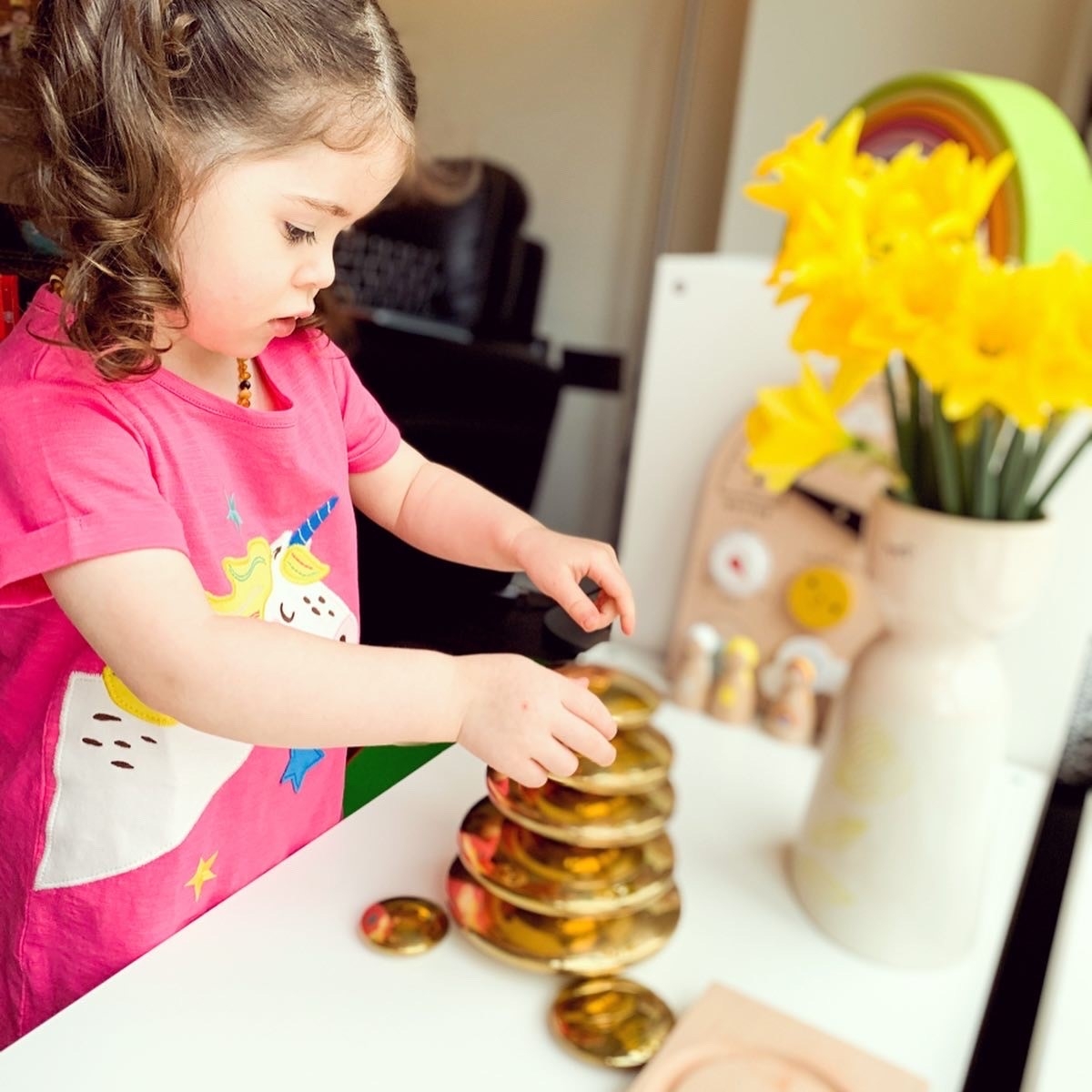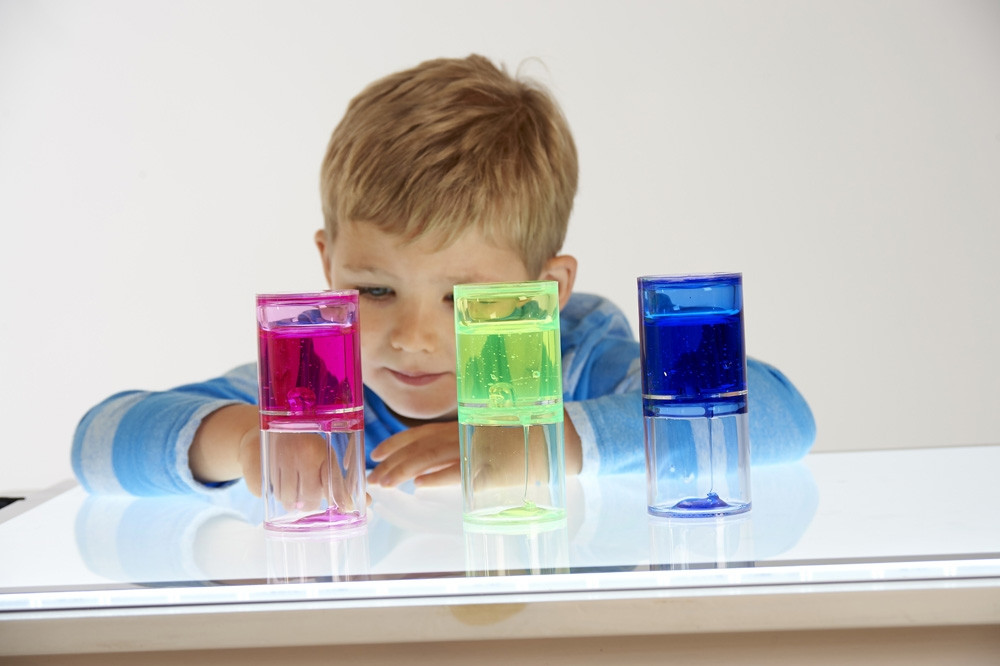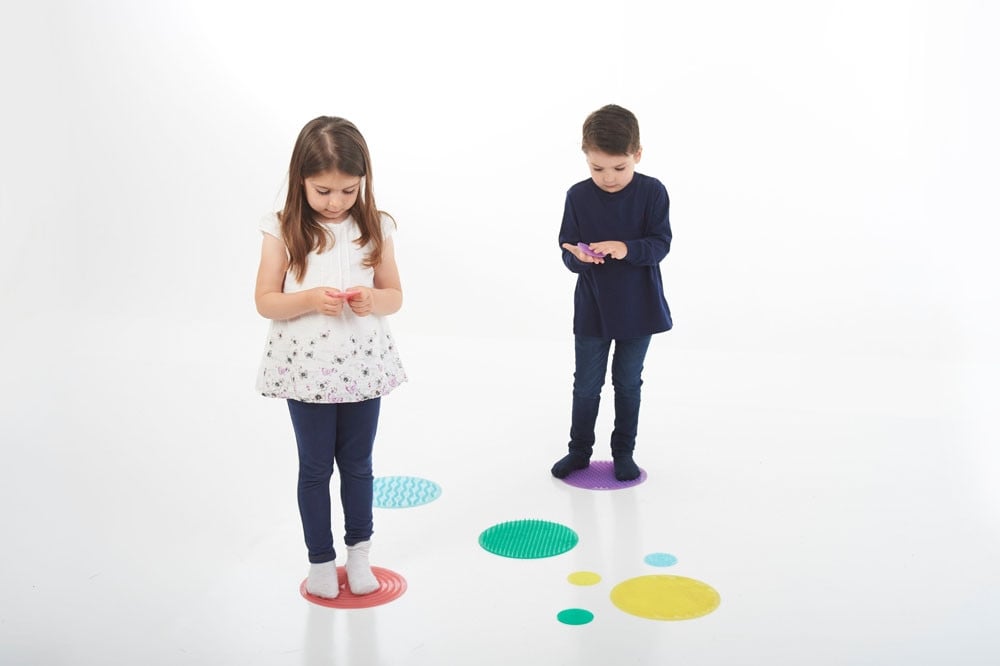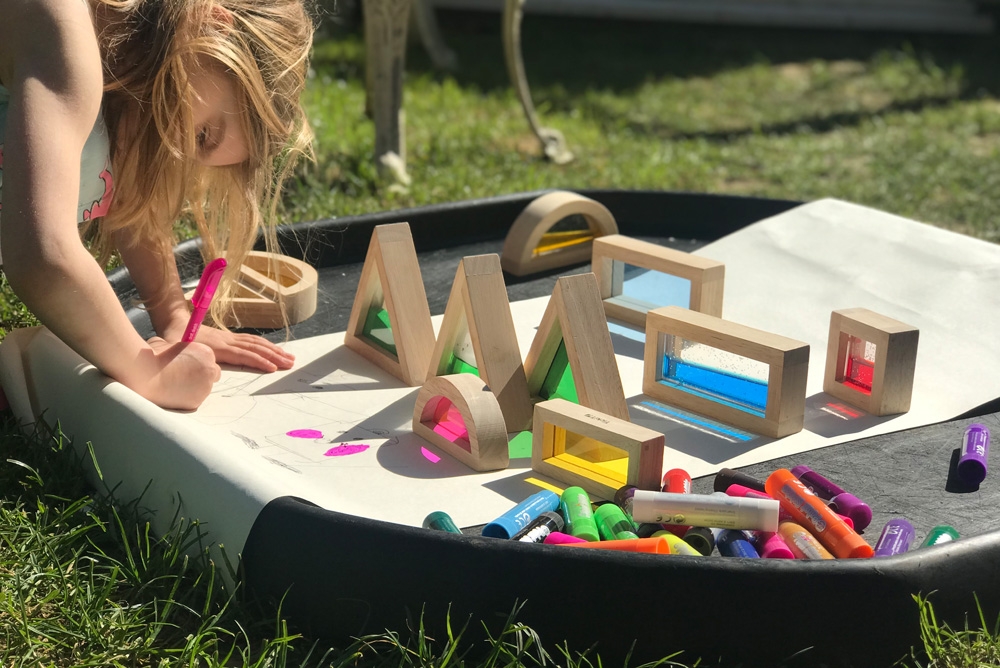With regards to play, it is a common misconception that play comes naturally to all children. Or that all children can and want to play in the same way. I have watched some children struggle and not enjoy “playing” with certain toys. I often wondered if this was because some toys come with rules around how they should be played with. For those children who have developed atypically, these rules can be hard to understand, enjoy, and abide by.
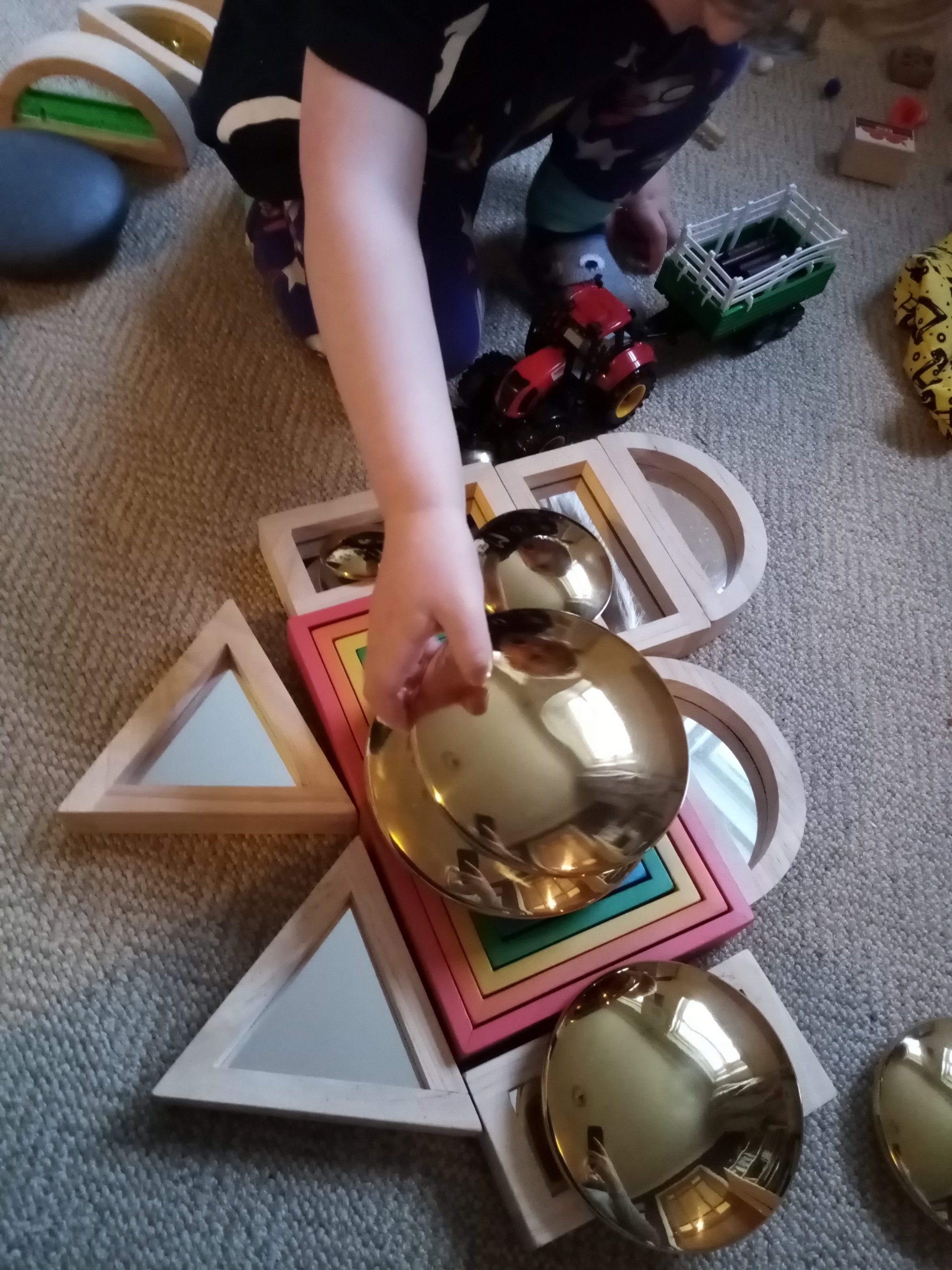
TickiT offer a huge selection of toys, which do not come with rules of how to play with them. These resources can be whatever the person holding them wants them to be. Giving children the opportunity to play in a way which suits them, and their needs. These play opportunities are incredibly beneficial to their development and well-being. Additionally, this offers schools and practitioners the ability to use these resources in a way suited to the child’s personal targets and the curriculum.
When considering children in Early Years, there is much research and theory about the importance of play and the different types of play children need to develop. Recently I have learned that there are in fact 16 different types of play. These are: Communication Play, Creative Play, Deep Play, Dramatic Play, Exploratory Play, Fantasy and Imaginary Play, Locomotor Play, Mastery Play, Object Play, Recapitulative Play, Role Play, Rough and Tumble Play, Social Play, Socio-Dramatic Play, and Symbolic Play.
Whilst I won’t go into how these play types can be achieved, it is interesting, and quite fun for an adult, to consider how easily these play types can be achieved using the range of TickiT resources available through Commotion.
Here are some examples of how I have seen TickiT products supporting play and learning:
These buttons can be used for physical play, with balancing, stacking, or building. This supports dexterity and attention skills. However, I have also seen these being used as fantastic methods of communication for children. Children use the pebbles to explore their texture and size, giving opportunity to discuss how the pebbles feel, what they look like, the differences and similarities with the pebbles, how they sound when tapped together.
This demonstrates creativism by using the buttons for a purpose someone else might not consider.
Within a mainstream school setting where there are 30 children per class, it can often be quite overwhelming for children, especially those who have a Special Educational Need. In times like these there needs to be a form of escapism for children who are feeling overwhelmed and unfortunately there isn’t always a safe space with adequate supervision available at short notice. Fortunately, resources such as these sensory ooze tubes can provide a sensory rest bite for children who are overwhelmed in the classroom. The idea of focusing one sense on something helps to reduce the pressure on another sense. I.e., by focussing on the calming visuals provided by the ooze tubes a child can become distracted from the overwhelming sense of noise or chaos. These resources are fundamental in supporting a child to ‘self-help’ in a time which could otherwise easily escalate into crisis.
This same sensory overload can be reduced with the use of the SiliShapes Sensory Circle Set.
Often, I have witnessed children using these sensory circles to walk on whilst processing something in their head. The feeling of the different shapes under their feet help to distract them from their overwhelming thoughts and calm them down. This allows the child to refocus on how they want to be feeling, often aiding them to communicate their needs more effectively. The bright colours have proved to be beneficial for other types of play too, with the different colours and textures helping to develop descriptive language, following instructions, and communication skills.
The Sensory Block Set is a firm favourite in my setting. The children love to stack the blocks and compare the colours and shapes. I have heard some fantastic ways of exploring language when the children discuss these bricks and the most rewarding is when they begin to sort them and work out that each colour belongs to its own set of shapes. These blocks lend themselves to far more exploration than typical building blocks. The children can investigate which fillings they can see through, which ones change the colour of what they see, which shape can be stacked on top of another, they compare the sizes and how the shapes change when you rotate them.
With these products I see a correlation between how we encourage our children to play and learn and the topic that dominates much of social media now, that being the confirmation that we can all be what or who we want to be. This message is being passed on to our younger generations too, as our children are being encouraged to explore their identity from such a young age now. Therefore, I find it truly refreshing to see the same happening with the toys and resources available for schools. They do not stereotype against gender or ability. The products are marketed to be used in any way a child wants to play, whether that is using a building block as a telephone or using a sensory circle as a hat. These resources suit a multitude of ages and needs within the classroom, also making them financially viable. Likewise, these resources are not designed specifically for a child with a special need or for those without, they are accessible to, and inclusive of, all children.
Written by Rachel Comfort, mother and SEN practitioner in Early Years and Key Stage 1.
TickiT is owned and distributed by Commotion Ltd. If you are interested in becoming a TickiT reseller, please click here for more information. If you would like to buy TickiT products, visit our Where to Buy page.

